If you’re strapped for space, you might be aware that there are a bunch of different ways to increase interior space in your home. You can convert an attic into a living space, knock down a wall or two, or even convert your back porch into interior space. Another idea is to transform your home’s crawl space into a full-sized basement. At first, blush converting a crawl space into a basement sounds like a great idea for a bunch of reasons.
For one it is a great way to vastly increase your home’s interior surface area, and it seems inherently straightforward. We’re just talking about taking a “short basement” and making it taller, right? Alas, there’s a bit more to it than that, but converting a crawl space into a basement can still be a viable option for a lot of homeowners provided adequate planning and precautionary measures.
What Is a Crawl Space?
Before diving into the nitty-gritty, it’s a good idea to talk about what we mean when we say “crawl space”. Put simply, a crawl space is an unfinished space located between the first floor and the ground of some houses. With a typical ceiling height between 3 and 4 feet, crawl spaces can only be accessed by crawling, hence the name.
A crawl space does the same things a full-size basement would do; house plumbing, HVAC systems, and the home’s foundation. They are usually built-in warmer regions where a traditional basement may be both expensive and unnecessary. Crawl spaces help with radon mitigation, protect residents from harmful gases such as carbon monoxide, and can also keep out moisture.
Crawl spaces can be pretty useful for a variety of reasons. They can help keep your home safe during a flood and make it easier to have your home inspected since the internals is in the crawl space rather than in a concrete slab foundation. However, crawl spaces do not work well in cold weather because they aren’t below the frost line and that means that pipes in a crawl space could easily freeze in sub-zero temperatures. Crawl spaces are also more difficult to inspect when compared to a full basement since you’re unlikely to go in your crawl space all that often and problems can be harder to spot.
Can You DIY Convert Your Crawl Space Into a Basement?
This isn’t a DIY Project, and you’ll need the help of some builders and contractors to complete it. Digging out a crawl space tends to be a complicated project with lots of variables and plenty of important things to consider. After all, messing around with your crawl space means messing around with your home’s foundation, so you don’t want to go into this project half-cocked as messing up could lead to structural problems for your home.
There isn’t one hard and fast answer for all homeowners when it comes to this question. In general, anyone with a crawlspace can convert it into a basement, but the real question is whether you have the money and the time to see the project through.
How To Turn Your Crawl Space Into a Basement
The average cost of converting a crawl space into a basement is around $50 per square foot. Assuming that your basement will be around 400 square feet (considered small), this means you can expect to pay around $20,000 when all is said and done. Of course, the bigger you make your basement the more you can expect to pay.
Digging Out A Crawl Space
This is the hardest part of the project because it requires quite a bit of logistical support. Thousands of cubic feet of soil need to be excavated, and the footings around your home have to be seated deeper and deeper to keep your crawl space foundation from sinking. The whole process is rather slow as digging too quickly could cause the home’s foundation to become unsettled. Concrete is poured into the growing basement at regular intervals to prop up the crawl space foundation.
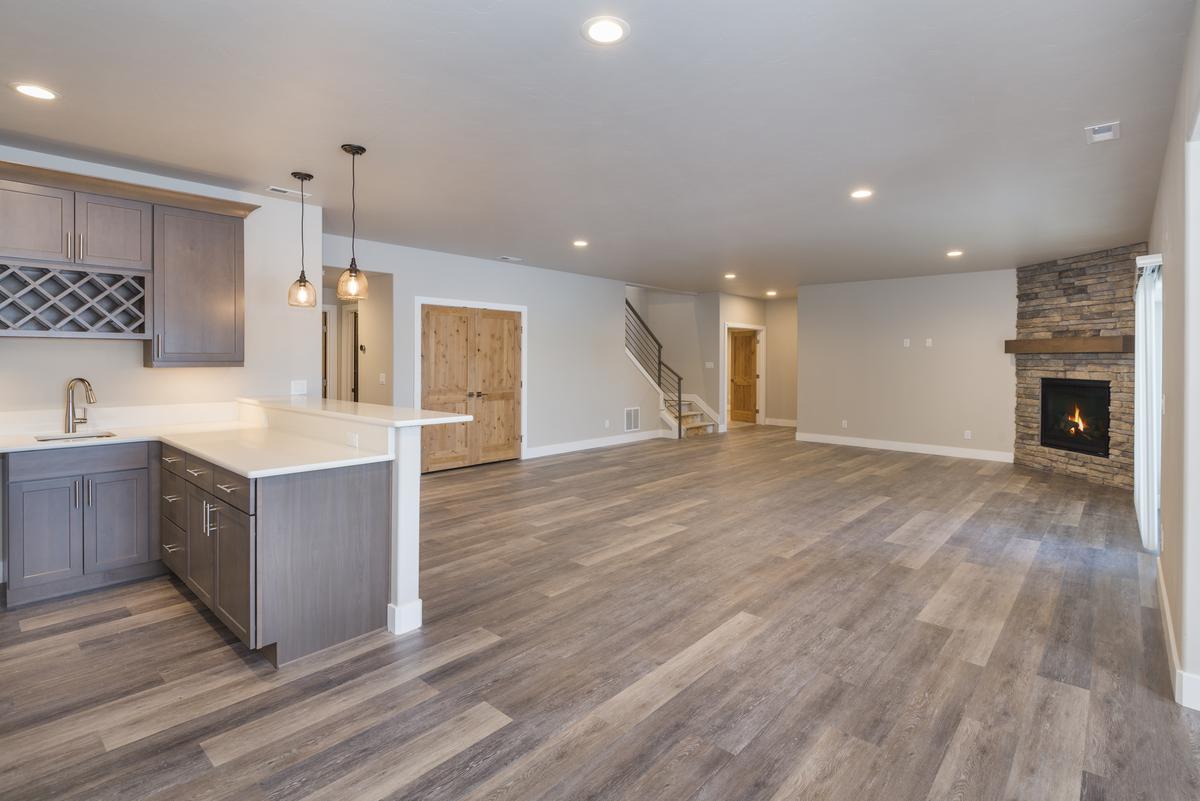
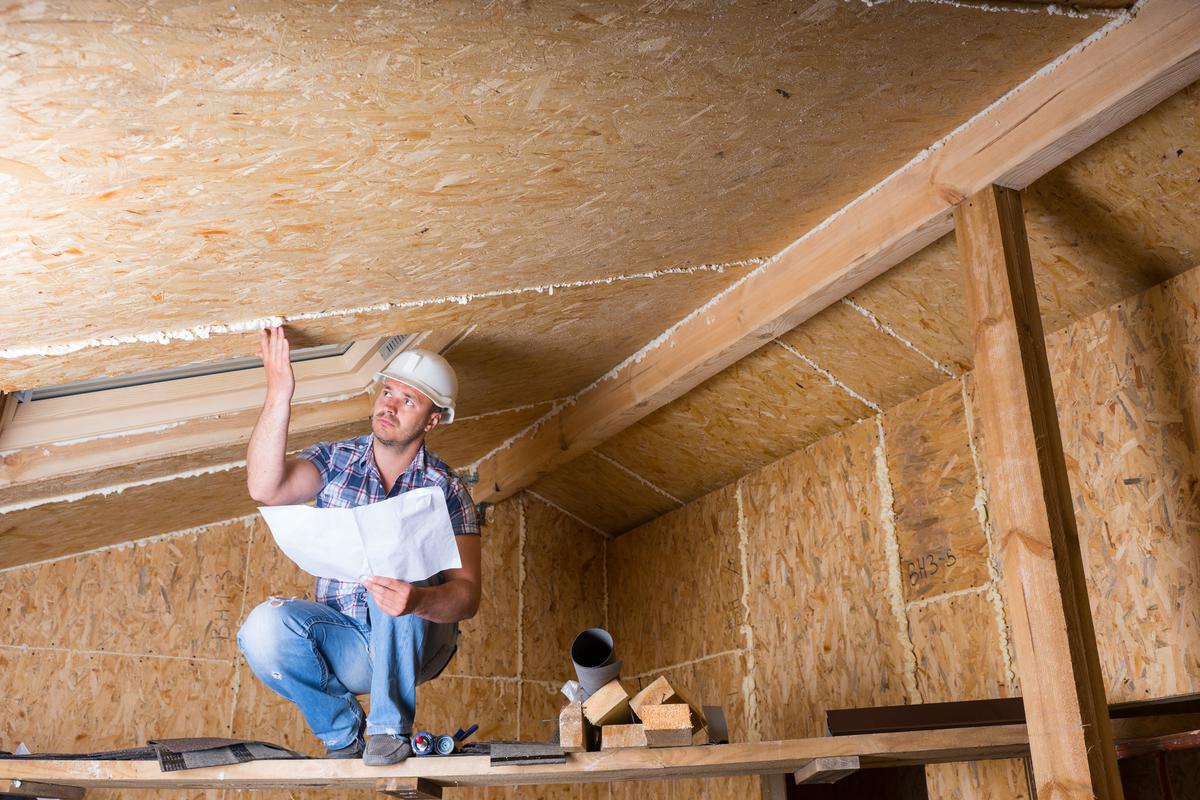
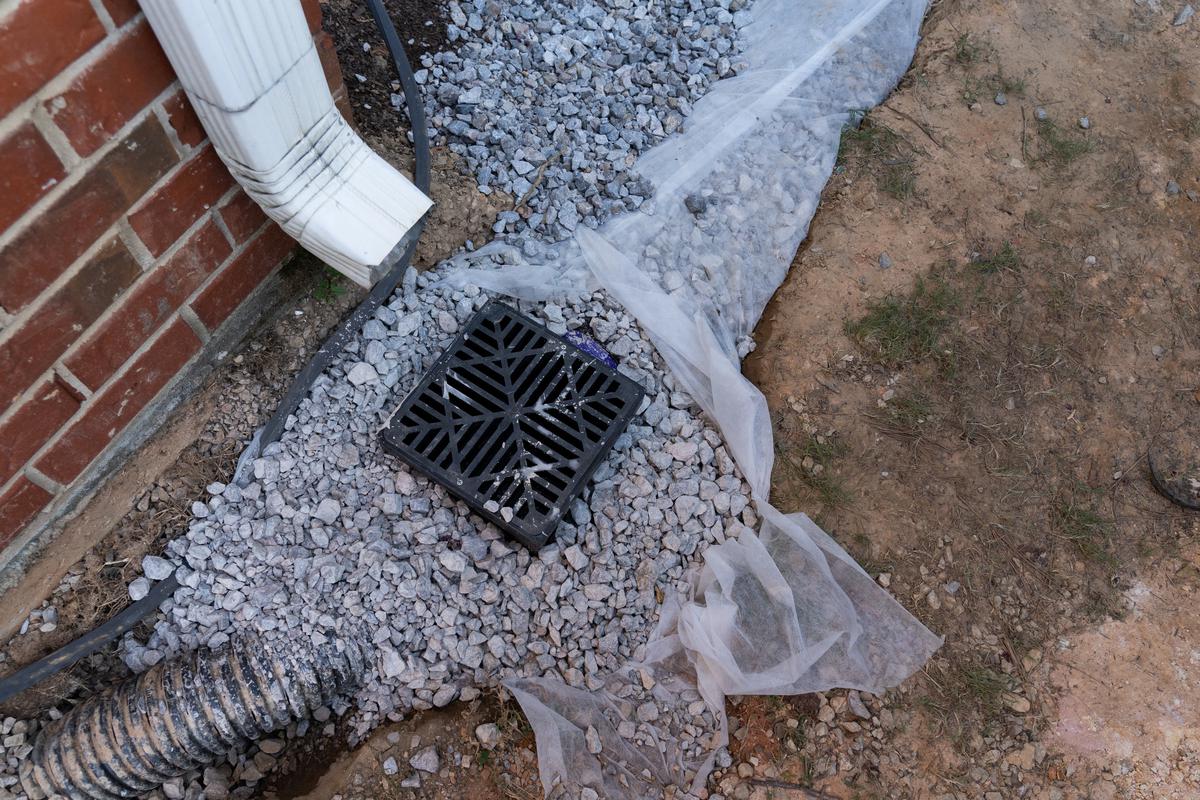
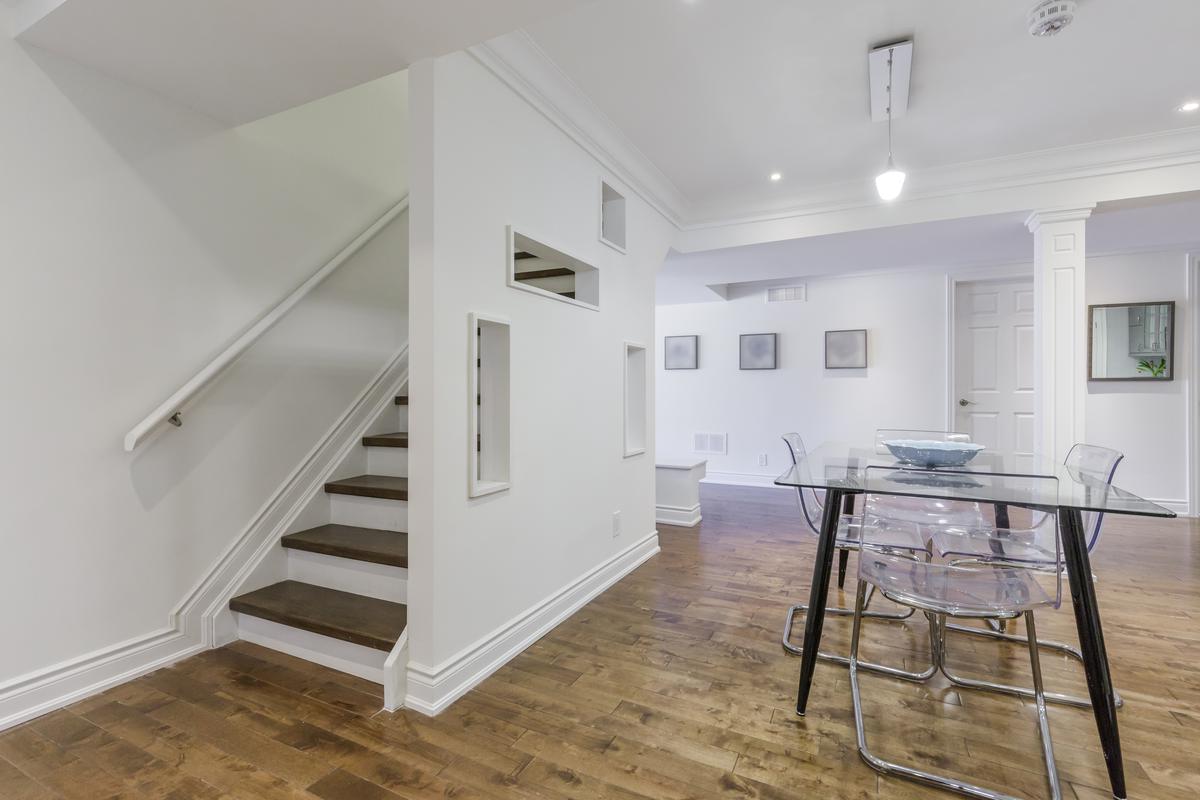
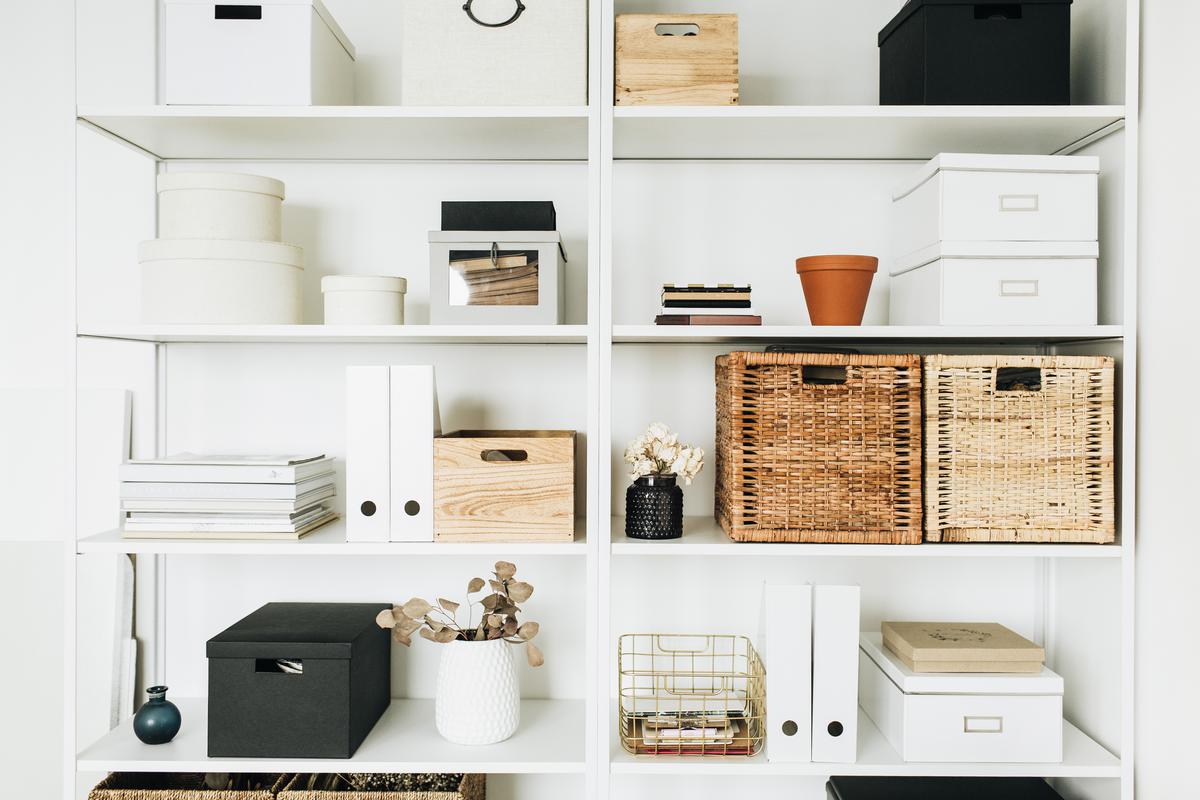
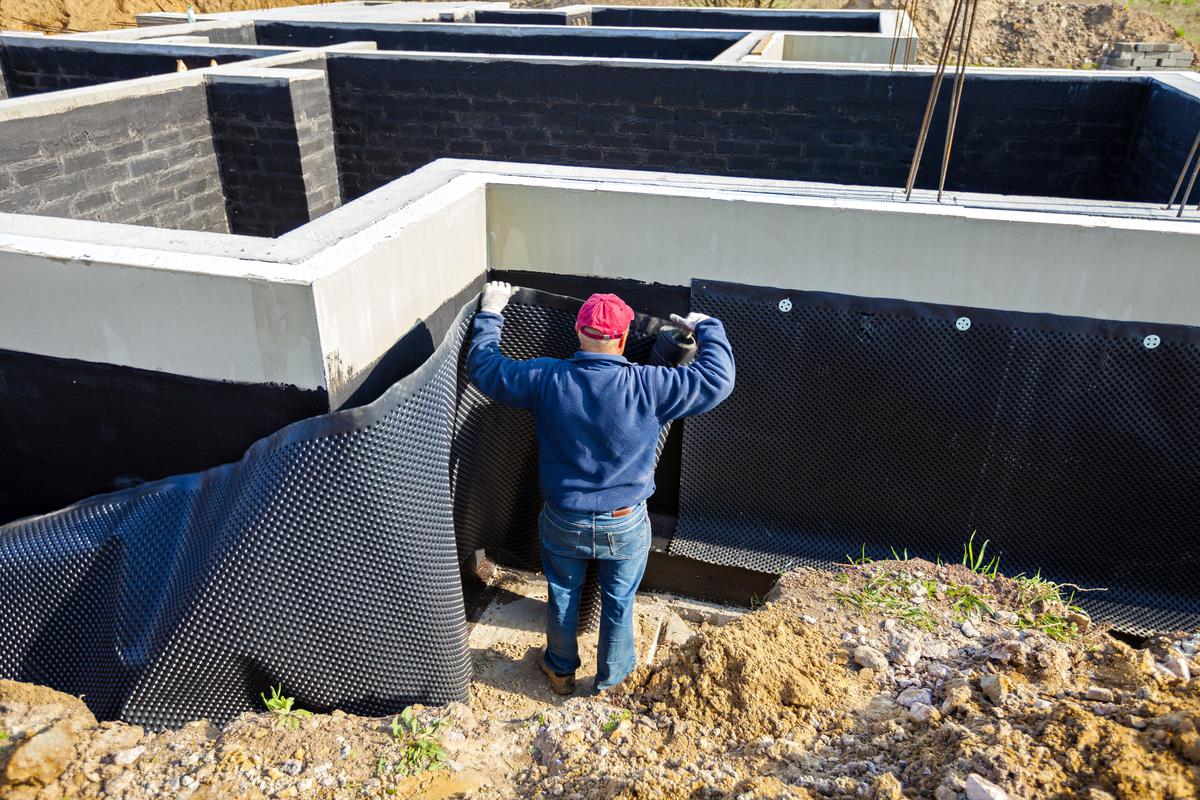
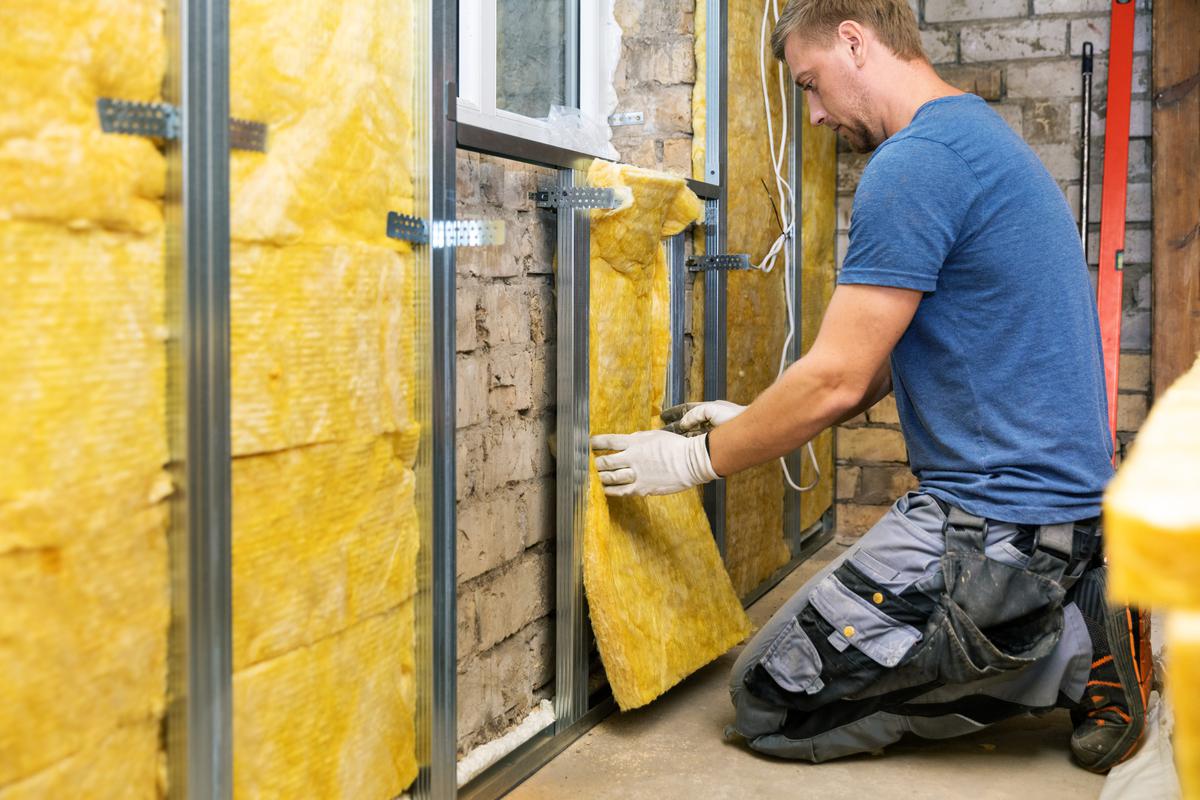


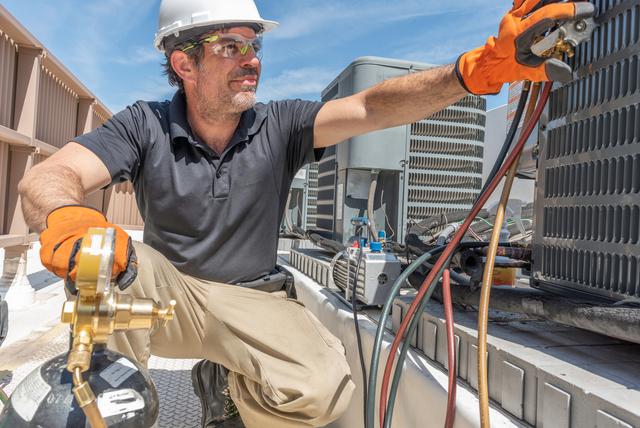
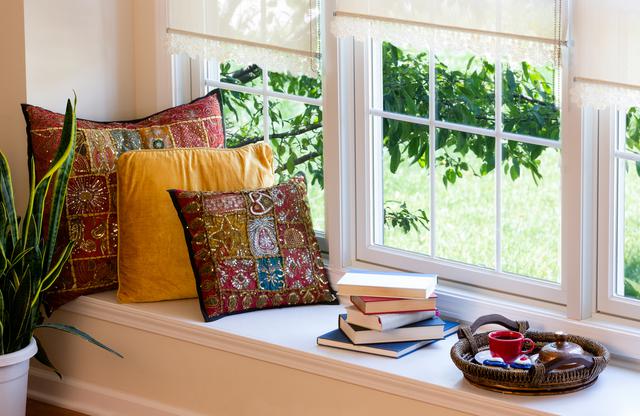
comments